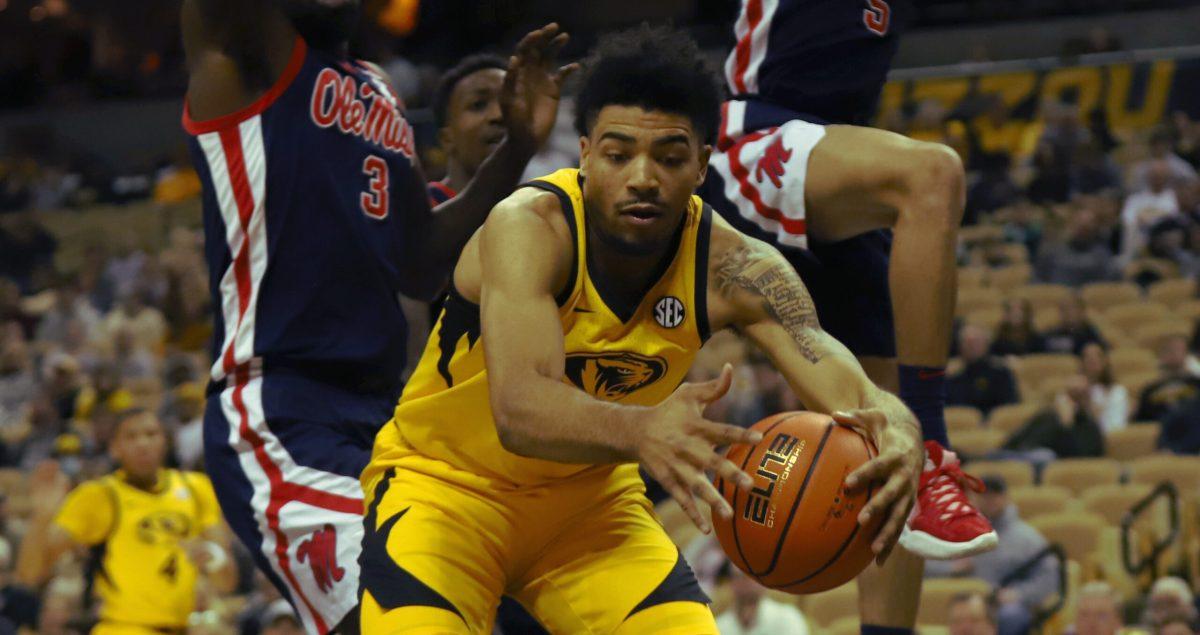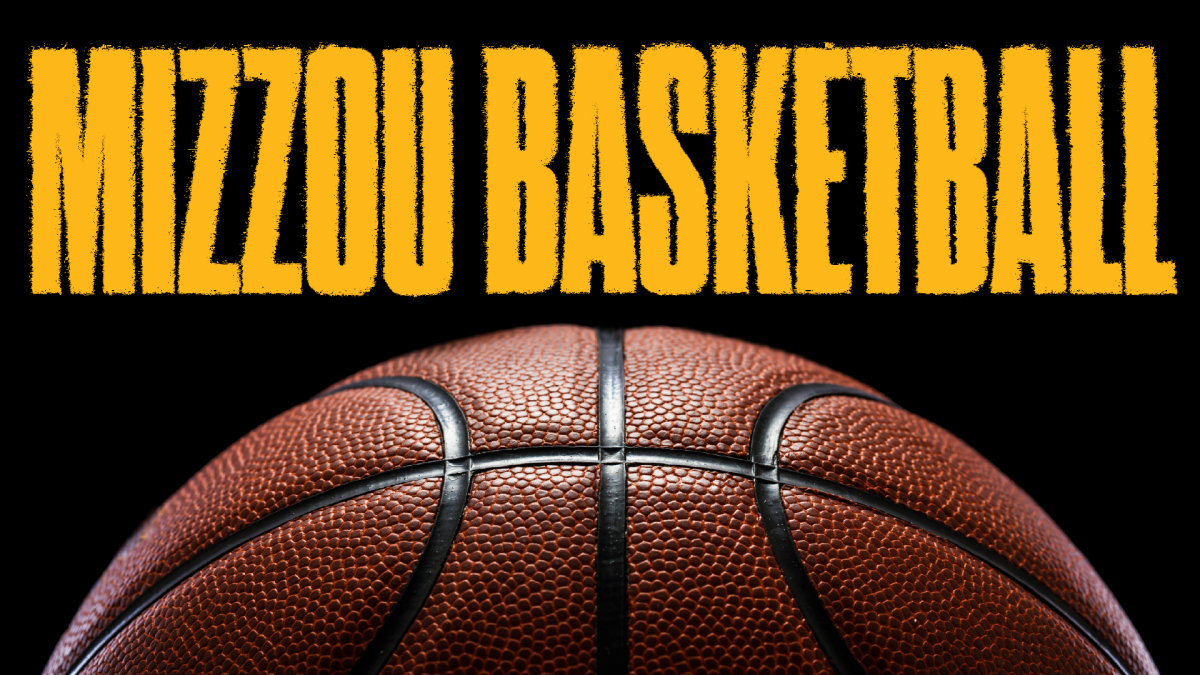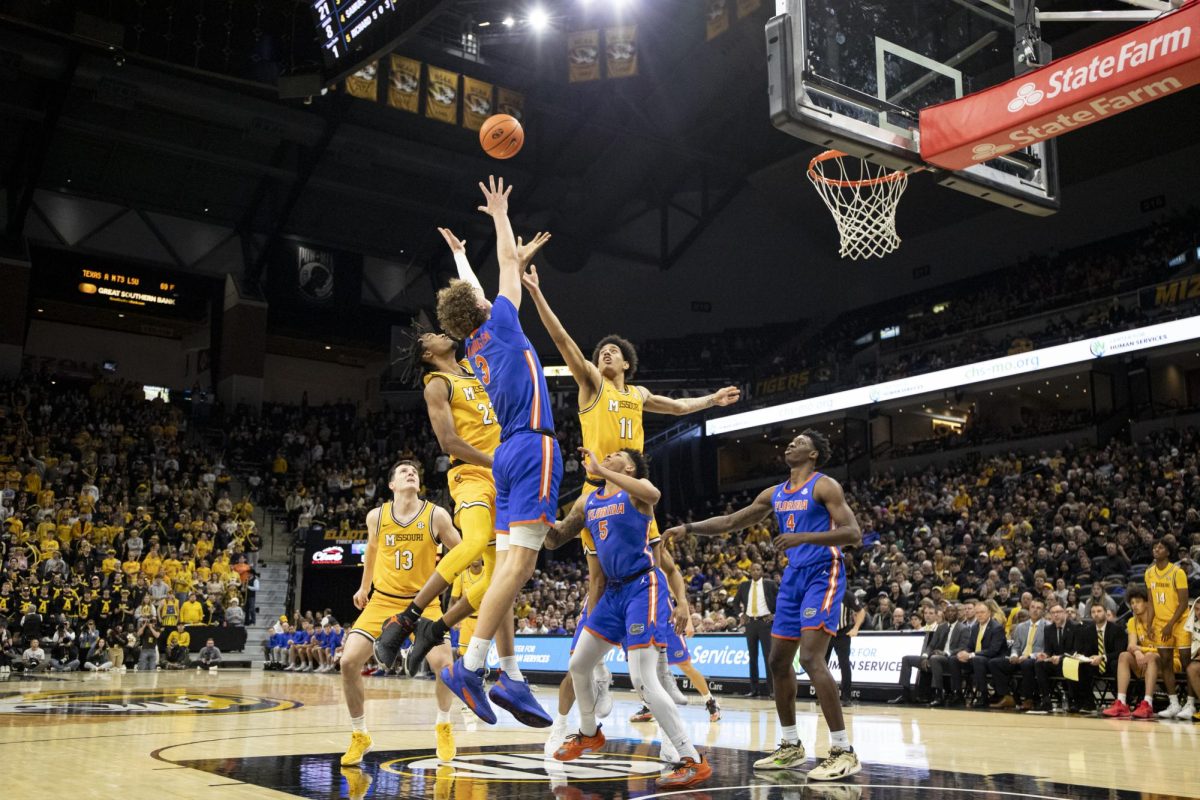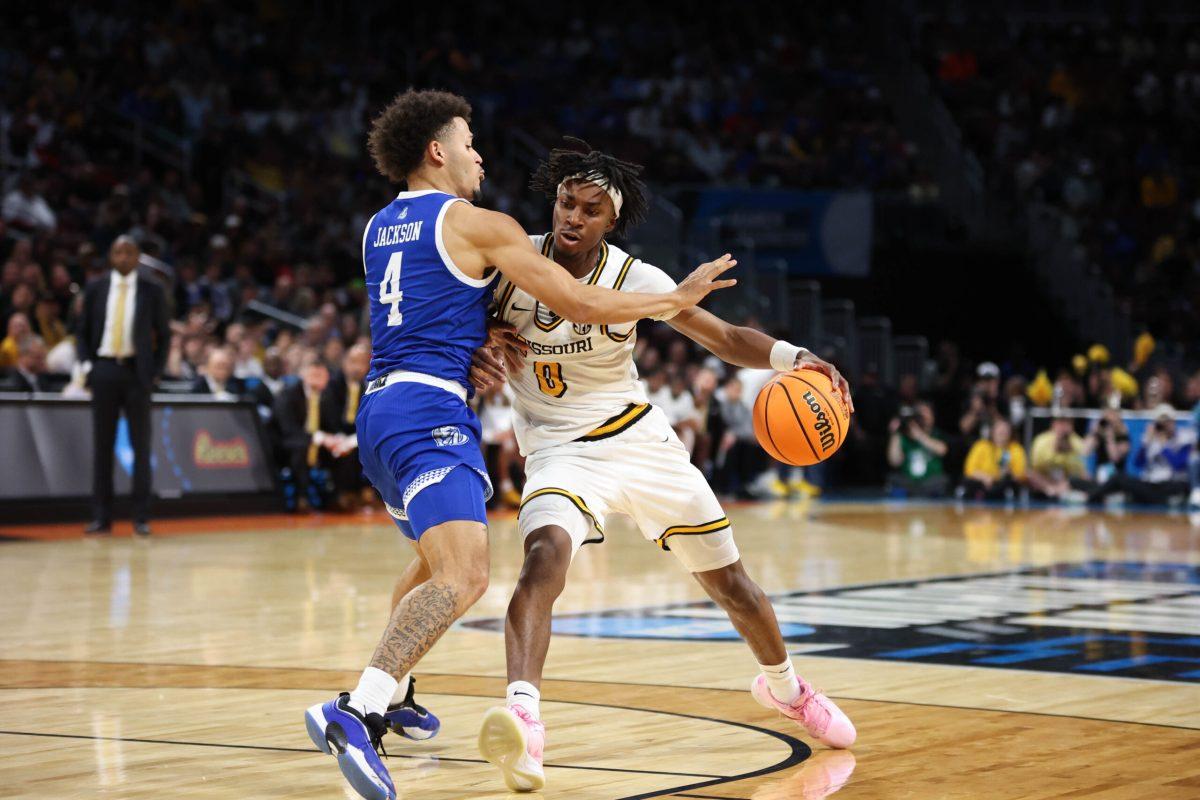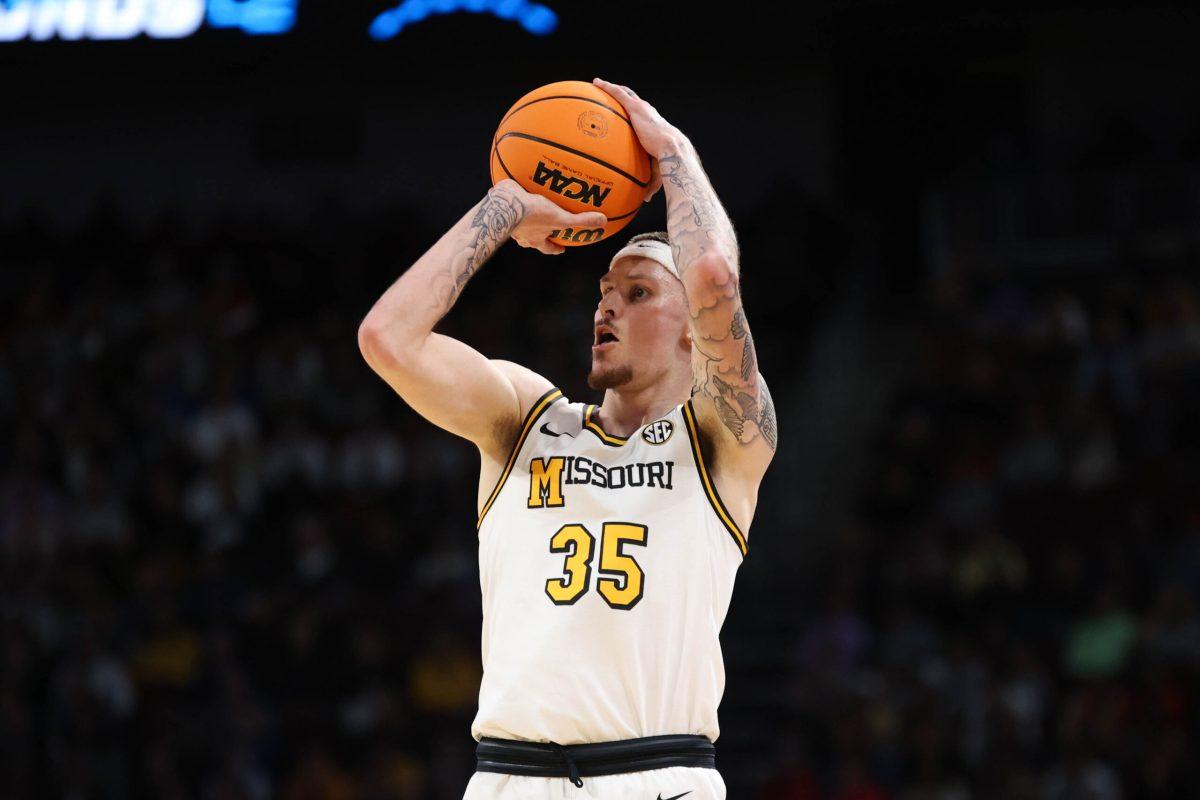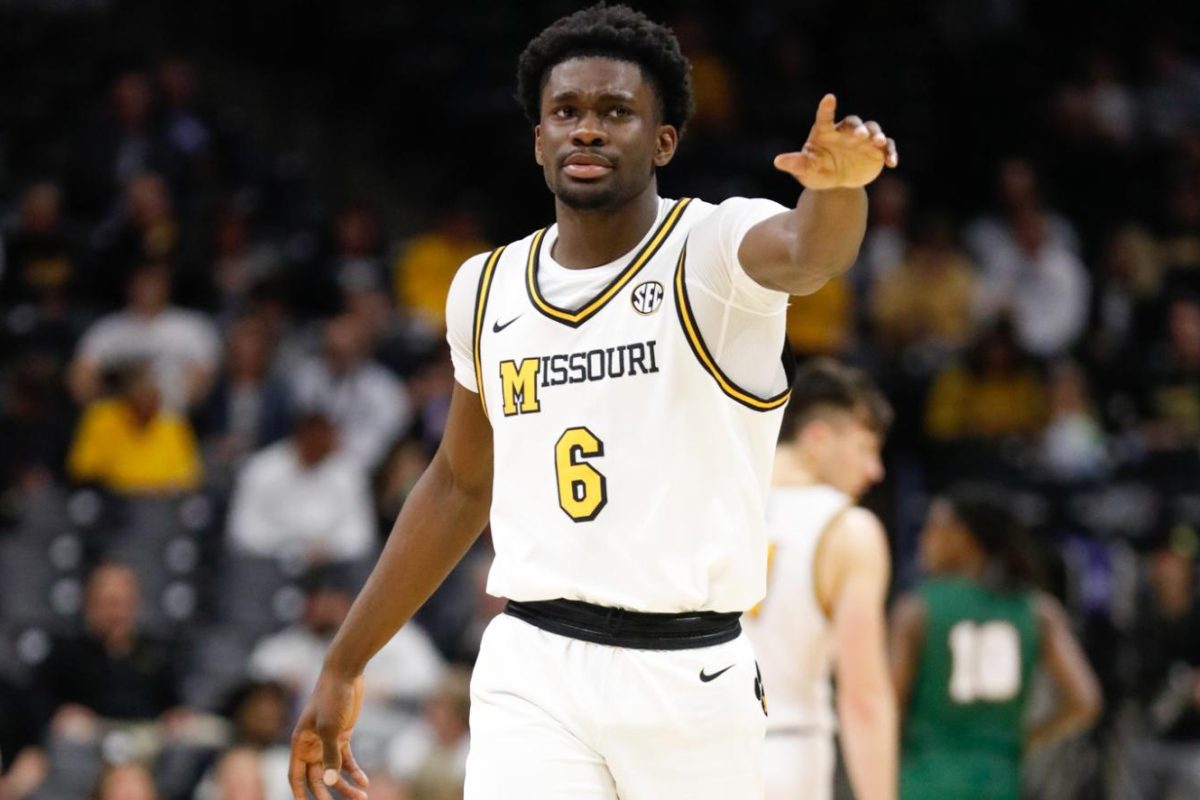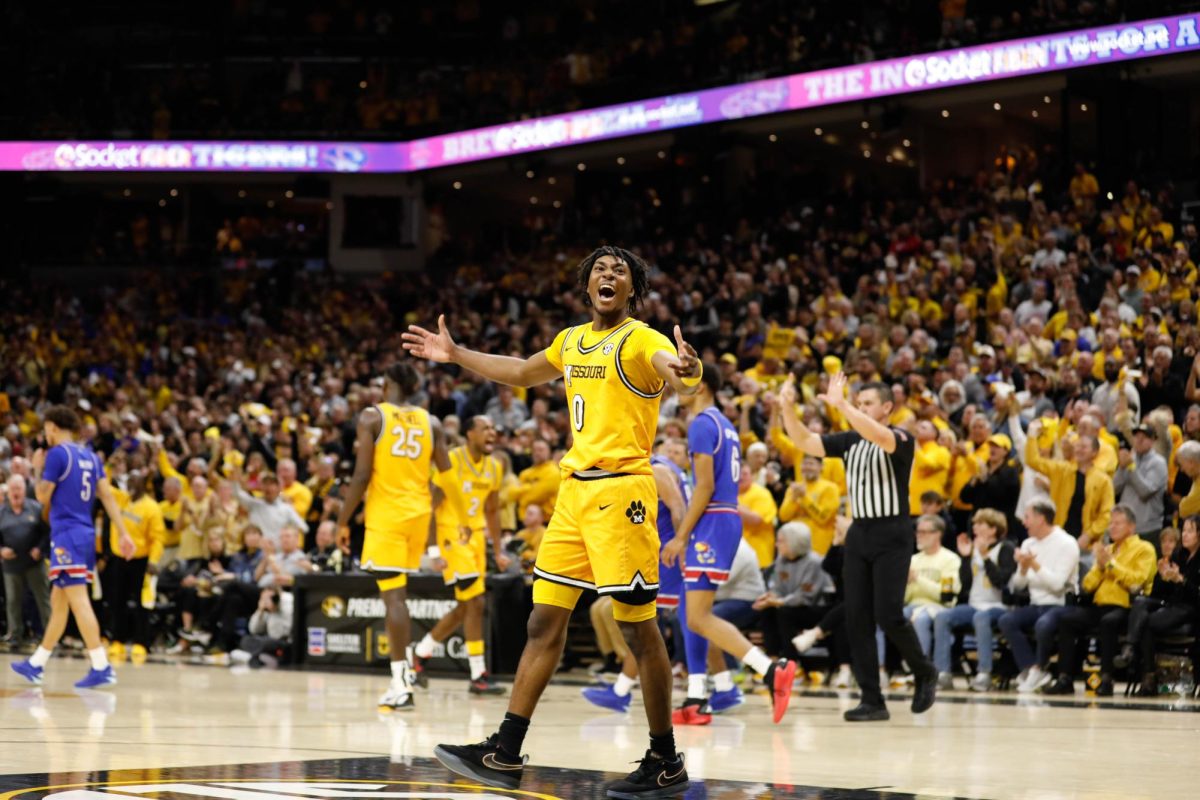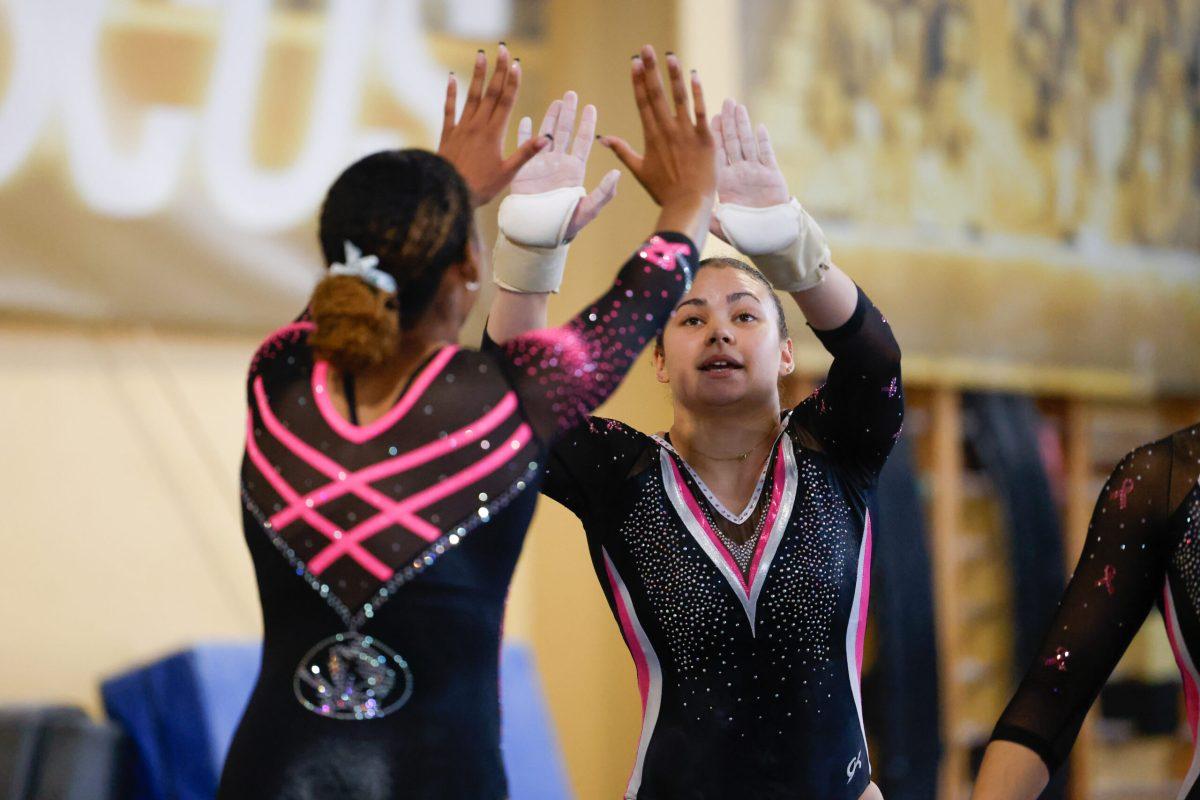The Missouri men’s basketball team’s biggest problem this year has been its ability to score.
When looking at basic shooting statistics, the Tigers are only shooting 42.4% from the field and 27.8% from the 3-point line.
But as many basketball minds understand, offensive success goes far deeper than raw shooting percentages.
To take a deeper dive into the ins and outs of the Missouri offense, I want to use a couple of different ways of thinking.
The first method being looked at to analyze the Tiger offense will be the four-factor theory.
Dean Oliver, a statistician who authored the book “Basketball on Paper,” used the text to identify four factors that lead to offensive success: shooting, turnovers, rebounding and free throws.
Oliver weighs these factors as follows: shooting (40%), turnovers (25%), rebounding (20%) and free throws (15%).
When analyzing shooting, we can’t just take the raw shooting percentages and evaluate those. Oliver likes to use effective field goal percentage, or eFG%, which takes into account that a 3-pointer is worth more than a 2-pointer.
The Tiger offense has struggled to have any players outside of junior forward Kobe Brown and freshman forward Trevon Brazile shoot effectively from any part of the field. This is apparent in Missouri’s struggling effective FG%, which sits at 47.0%, good enough for 192nd nationally and dead last in the Southeastern Conference.
The next statistic is turnovers, but using raw turnovers does not account for the differing number of possessions every team has. Faster teams have more possessions to possibly turn over the ball just as slower teams have fewer opportunities to turn over the ball with fewer possessions.
This means we need to look at the turnover rate, which is the percentage of the time a possession ends in a turnover. For Missouri to produce a low turnover rate, it needs a true point guard who can command the offense and handle the ball.
The Tigers didn’t find their point guard this year, though, and many players struggle with handling the ball. Missouri’s turnover percentage for the year is 18.2%, which ranks No. 306 in the nation and second to last in the SEC.
Oliver’s third statistic he uses is rebounding, or more specifically, offensive rebounding.
Offensive rebounding is an adequate way to make up for struggles in the first statistic and redeem missed shots. Once again, we can’t use raw rebounding numbers because this doesn’t account for higher-paced teams and teams with lower shooting percentage since teams that have more possessions and miss more shots have more opportunities to crash the glass. So we will use offensive rebounding rate, which measures the percentage of shots that end in an offensive rebound.
Missouri actually ranks fairly well on the offensive glass. The Tigers are ranked No. 100 in the country on offensive rebound percentage at 28.9%. This ranks No. 11 in the SEC.
The last statistic in Oliver’s four factors is free throw shooting. We need to account for not only making free throws but getting to the free throw line as well, which analyzes the free throws attempted per field goal attempt.
Missouri shoots 0.291 free throws per field goal attempt, which ranks at No. 205 in the country and No. 12 in the SEC.
Overall, when reviewing Missouri’s offensive performance this season using Dean Oliver’s four factors, the Tigers’ numbers back up the eye test thus far this season.
As someone who watched every single game this year, two main problems have stuck out to me: Missouri’s lacks a true point guard and an inability to shoot the ball efficiently.
Without a consistent point guard to control the pace and run its offense, Missouri has struggled to have any sort of structure in its scheme.
This explains why its shooting numbers have been so low. When you can’t get into your offense or have players you trust to handle the ball, your offense lacks identity. It relies on players making individual plays rather than running an offense that creates open looks for others.
Missouri needs to find structure on offense, which will in turn establish sets to run on offense and find ways to get its best players involved.
Another method that can be used to analyze the Missouri offense is Shot Quality’s statistics.
Shot Quality is a project created to quantify the quality of shots an offense in basketball takes. This means it tries to analyze scoring at its most basic form, the likelihood of a shot of a certain quality to go in.
The main rating for offenses on Shot Quality’s website is called adjusted offense shot quality, which measures the average quality of shot a certain team takes. Missouri has an adjusted offensive shot quality rating of 1.06 which ranks No. 148 in the nation.
Shot Quality has another statistic called the rim and 3 rate, which accounts for how often a team takes a shot at the rim or from 3, since those are the most efficient shots an offense can take. Missouri’s rim and 3 rate is 82% which is No. 140 in the country.
The final statistic Shot Quality displays is a projected record for any team, based on the kinds of shots it takes and type of shots it allows opposing teams to take. Missouri’s projected record is 10-18, which is identical to their actual record of 10-18.
What do all of these stats and numbers mean for Missouri and what does it say about its team and season?
Well, based on all of these statistics, Missouri is simply not an effective offensive basketball team.
According to Shot Quality, it is just an average basketball team. It doesn’t excel at getting to the rim or shooting from beyond the arc, which are Shot Quality’s two most important aspects of scoring.
When watching Missouri play, its most glaring issue, though, is its ball handling. On top of that, the Tigers are not an effective shooting team, which compounds their offensive problems.The Tigers lack a true point guard and will need to find quality shots to finish the season on the right note.
Edited by Brandon Haynes | [email protected]


